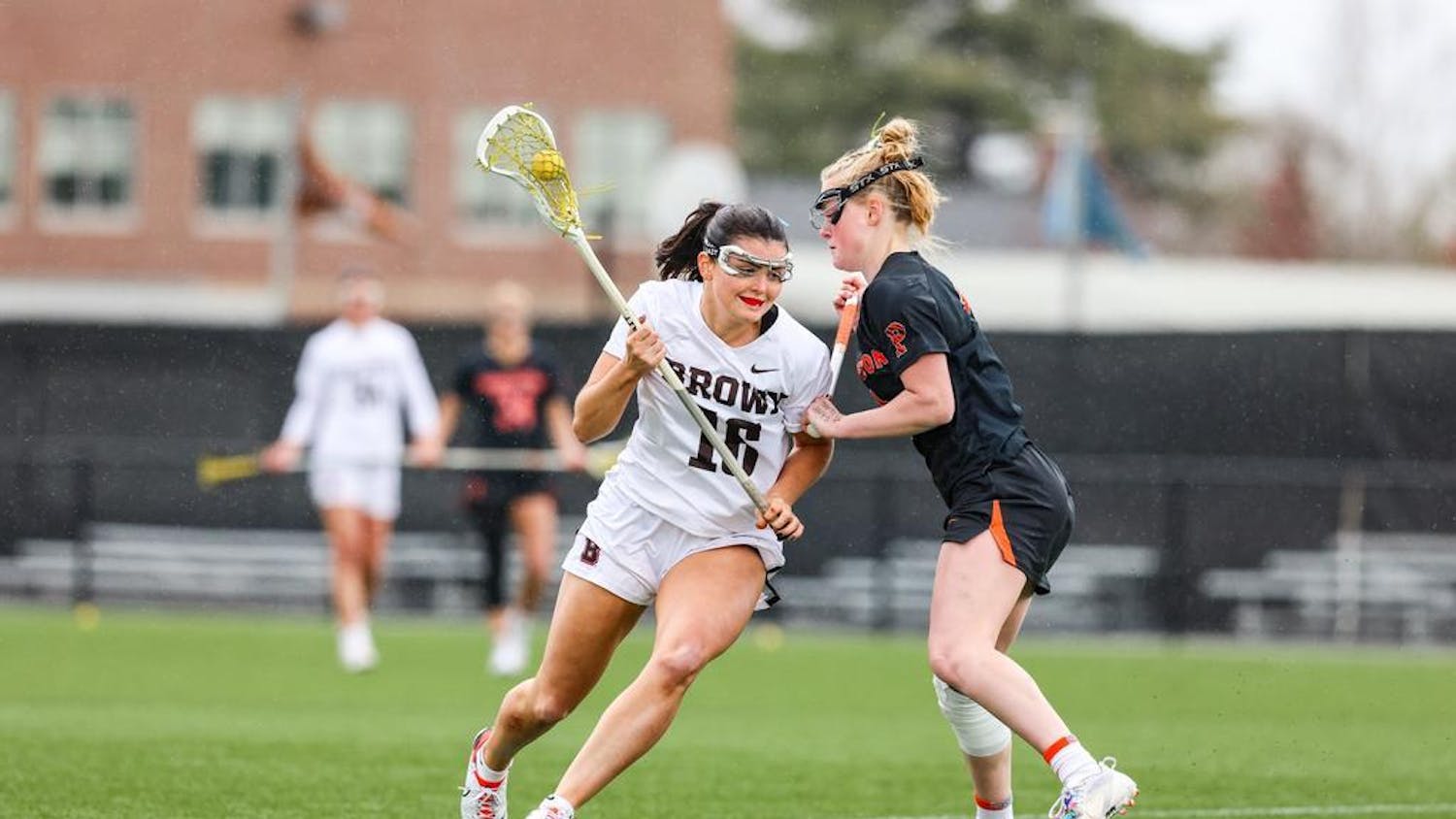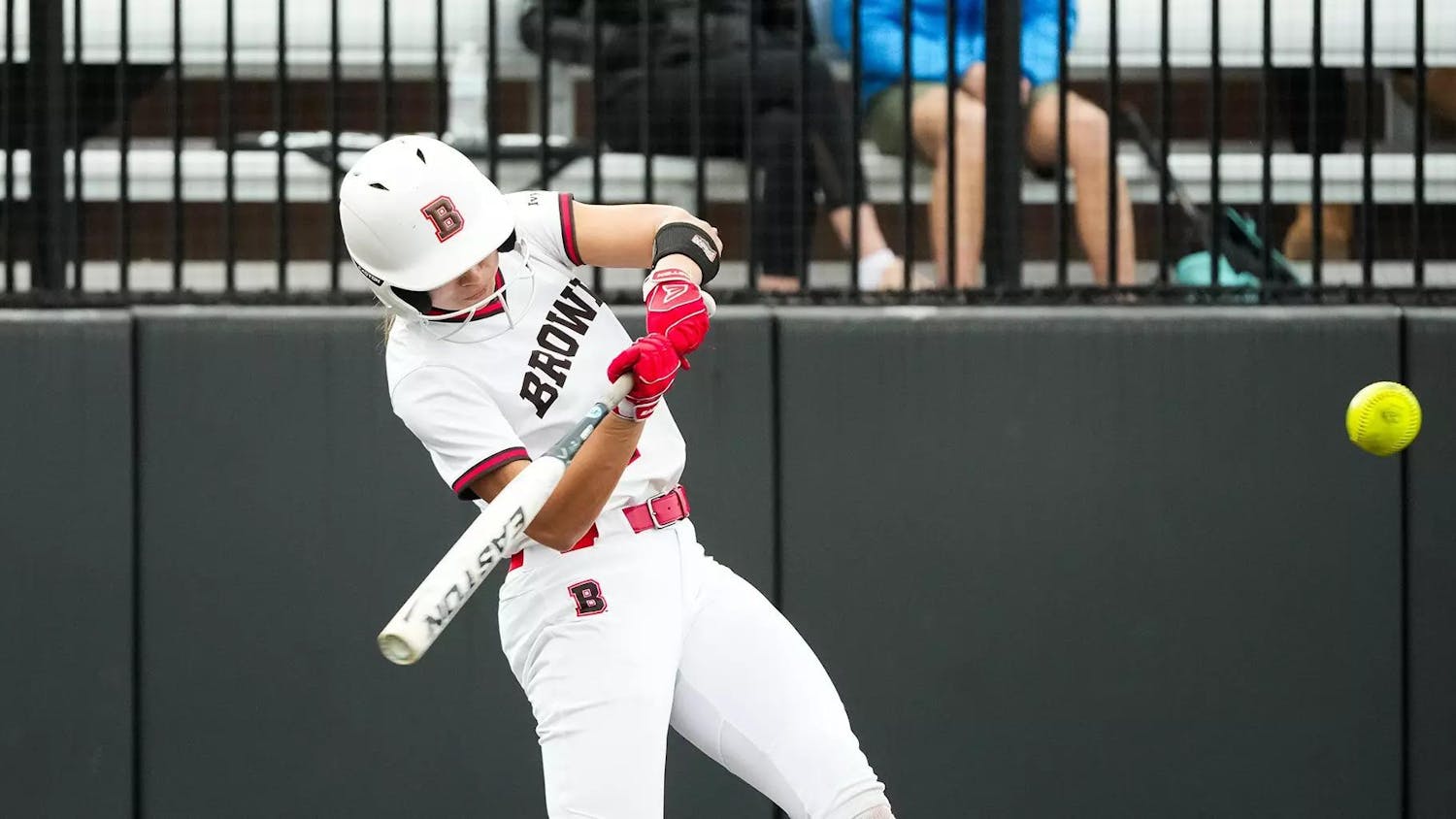MLB’s ordinary postseason has begun: The wild-card games are over, which means that fans of both losing teams are understandably upset. And while some will complain that one single wild-card game is not enough, and that baseball, statistically speaking, was never meant to be a single-elimination sport, you’ll hear no objection from me. The wild-card game is perfect just the way it is.
First, some history: Starting in 1969, when the National and American Leagues each expanded from one division to two, the winners of each division met their league’s other division winner in the division series. That series determined the pennant winner, who went on to the World Series to face the pennant winner from the opposing league. The system could not have been more straightforward.
But MLB expanded from two divisions in each league to three in 1994. While football, for example, can give top teams bye weeks due to the long periods of rest in the football schedule, sitting two baseball teams down for a week or more is simply implausible. Baseball is played almost daily for 162 games, and a team suddenly given a week or more off will almost certainly become rusty. First-round byes are not an option in MLB — which means a six-team tournament, the logical conclusion of two three-division leagues, is not possible.
So the wild card was introduced. It’s a fairly simple concept: Outside of the three division winners, the next-best team also makes the playoffs, giving each league a tidy, four-team postseason.
But the wild card was not without its problems. The most common complaint was that the existence of the wild card removed the incentive for a team to win its division. Obviously, winning one’s division is superior to finishing second, but under the original wild-card system, division winners and the wild-card team both had a chance to advance in a five-game series.
In 2012, a new system was introduced: the one-game wild-card play-in. One wild-card team would enter the normal postseason format. But that one team would not be the team behind the division leaders, at least not by default. The lone true postseason entrant would be determined by a one-game playoff between the two teams atop the wild-card standings.
Upon the new format’s implementation in 2012, a sharp divide appeared between those who believed it worked perfectly and those who believed the one-game playoff was not enough. At least play a three-game series, they advocated. One game is too small a sample size. One game doesn’t show anything.
While I understand the latter group’s argument, you can count me squarely among the former. And what’s more, I don’t even believe the second group’s argument makes conceptual sense.
The whole point of the new format was to incentivize teams to win their divisions rather than rest in the security of the wild card. The play-in game clearly does that by making the wild card a less certain means of entry to the postseason and removing the equivalency that formerly existed between wild-card and division winners. By being only one game, with the largest amount of uncertainty possible, the one-game playoff makes the incentive to win one’s division even greater — in other words, it does what the wild card was intended to do even better.
For the other side, the argument remains that the postseason should be open only to the best teams, and an inferior team should not make the playoffs just because it beat a superior team once. But this is barely an argument. The two wild-card teams almost always have nearly or exactly identical records. This season, both wild-card teams in each league had identical records. Last year, each league saw a difference between its first and second wild card of merely one game. In 2014, the American League teams had a one-game gap, and the National League teams were tied. Since the current format was instituted in 2012, only one second wild-card team with a significantly inferior record — a 6.0-game gap —won the wild-card game: the 2012 Cardinals. Those same Cardinals went on to win the division series and take the league championship series to seven games, proving that even though they hadn’t been the first wild card, they certainly were not out of place in the postseason.
I can’t help but think that a lot of the anxiety over a single, winner-take-all game comes from the nature of baseball itself. A postseason series is meant to play out over multiple games, with wins and losses and opportunities for comebacks. But here’s the thing: so is the regular season. That’s what the second wild card does: It makes regular season games that would otherwise be meaningless mean everything, often down to the last game of the season.
It’s not perfect: perfect would be four divisions, a single playoff team from each. But with 30 MLB teams, that’s just not practical. Three divisions is the system we have, and within that framework, the current wild-card format is as good as it can be. Baseball fans should accept this. We should put aside our hesitance over the legitimacy of the format and enjoy the extra excitement that it offers.
Now that the Mets have lost, James Schapiro ’19 is hibernating for the winter. He can be reached at james_schapiro@brown.edu.




